In this tutorial I will show you how I built an Arduino based 3D wire bending machine. This is actually a typical mechatronic system because it involves mechanical, electrical and computer engineering. So therefore I believe many engineering students or anyone who is new into mechatronics found this project interesting.
Month: November 2020
TinyML on Arduino and STM32: CNN (Convolutional Neural Network) example
Painless TinyML Convolutional Neural Network on your Arduino and STM32 boards: the MNIST dataset example!
Are you fascinated by TinyML and Tensorflow for microcontrollers?
Do you want to run a CNN (Convolutional Neural Network) on your Arduino and STM32 boards?
Do you want to do it without pain?
EloquentTinyML is the library for you!

Google Releases Objectron Dataset to Help Improve 3D Object Understanding in Computer Vision
Google’s AI division has announced the release of the Objectron dataset, a corpus of short video clips designed to capture common objects from various angles — and each coming with augmented reality session data with sparse point-clouds and manually-annotated 3D bounding boxes.
“Understanding objects in 3D remains a challenging task due to the lack of large real-world datasets compared to 2D tasks (e.g., ImageNet, COCO, and Open Images),” explain Google Research software engineers Adel Ahmadyan and Liangkai Zhang. “To empower the research community for continued advancement in 3D object understanding, there is a strong need for the release of object-centric video datasets, which capture more of the 3D structure of an object, while matching the data format used for many vision tasks (i.e., video or camera streams), to aid in the training and benchmarking of machine learning models.”
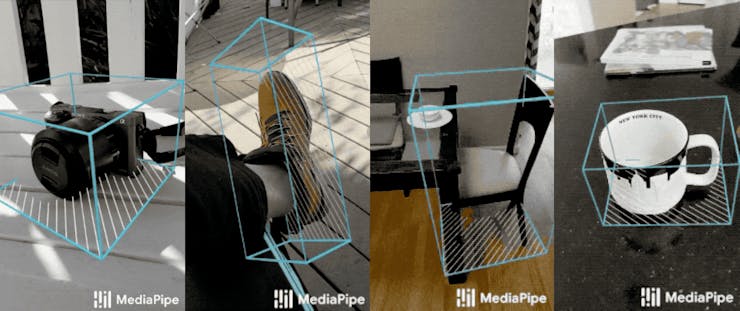
DIY Stream Deck (3D Printing, Arduino, Electronics!)
An Elgato Stream Deck is a vital tool for anyone looking to live-stream online, but the ongoing pandemic has made these devices hard to find or very expensive! To solve this problem, I built a DIY version using Arduino, 3D printing, and some custom PCBs, which you can also build yourself! All of the design files are free and open source so that you can create the Stream Deck that best suits your needs!
3D Print Your Way to a Modular MIDI Playset
Have you ever wanted to experiment with MIDI, but didn’t know where to start? Or perhaps you didn’t think you could afford to properly outfit your digital beat laboratory, especially given the average hacker’s penchant for blinkenlights? Well worry no more, as [Johan von Konow] has unveiled a collection of DIY MIDI devices that anyone with a 3D printer can build on the cheap.
The LEET modular synthesizer is made up of a keyboard, drum pad, chord keyboard, arpeggiator and a step sequencer that plug into your computer and interface with industry standard digital audio workstation (DAW) programs. The down side is that they don’t do anything on their own, but this simplification allowed [Johan] to really streamline the design and bring the cost of the build down to the bare minimum.
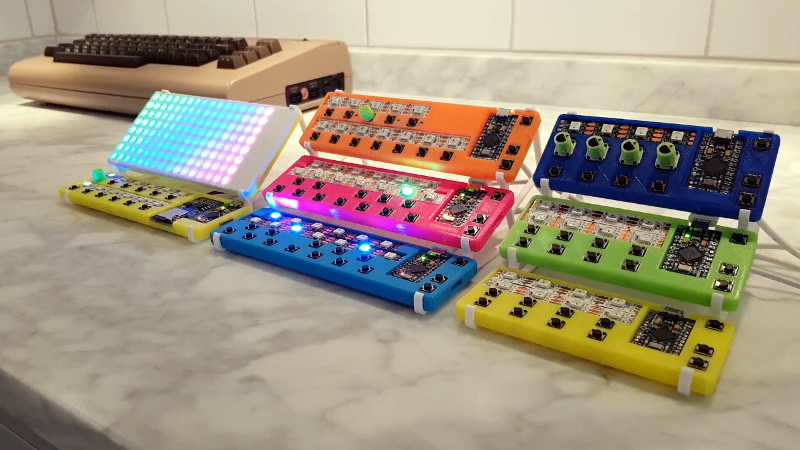
Jeff Geerling Squeezes 4.15Gb/s From a RaspberryPi Compute Module 4 Using a PCIe Network Card
Jeff Geerling has succeeded in pulling over 4Gb/s of data from a Raspberry Pi Compute Module 4, by hooking up a four-port Ethernet card to its PCI Express bus — and the same may well be possible on a modified Raspberry Pi 4, too.
Launched last month, the Raspberry Pi Compute Module 4 takes the core technology found in the popular Raspberry Pi 4 Model B and brings it to a system-on-module (SoM) form factor. The biggest shift from the original design, though, comes with making the USB 3.0 ports optional and replacing them with a fully-functional PCI Express Gen. 2 lane — suitable for all manner of add-on boards, providing you can find suitable drivers for the Arm architecture.

Nintendo Flex Is The New Gameboy You’ve Been Waiting For
The Gameboy is without doubt the most recognised console of all time, so it’s about time a new gameboy concept was produced, just so we can tease our nostalgia nerves and internally cry on the inside knowing this thing will never truly exist. But it’s always nice to see what artists and graphic designers come up with.
Update: The new Gameboy you may be looking for is the Analogue Pocket release that was revealed not too long ago, and has a release date for May 2021.
The designer known as YJ Noon wanted to redesign the old classic into a metal Gameboy with a slight curve, using fresh metals, and modern day technology to transform it into something totally unique. There isn’t much detail or specifications on the new Gameboy itself, but we’ll take you through what could be its features.
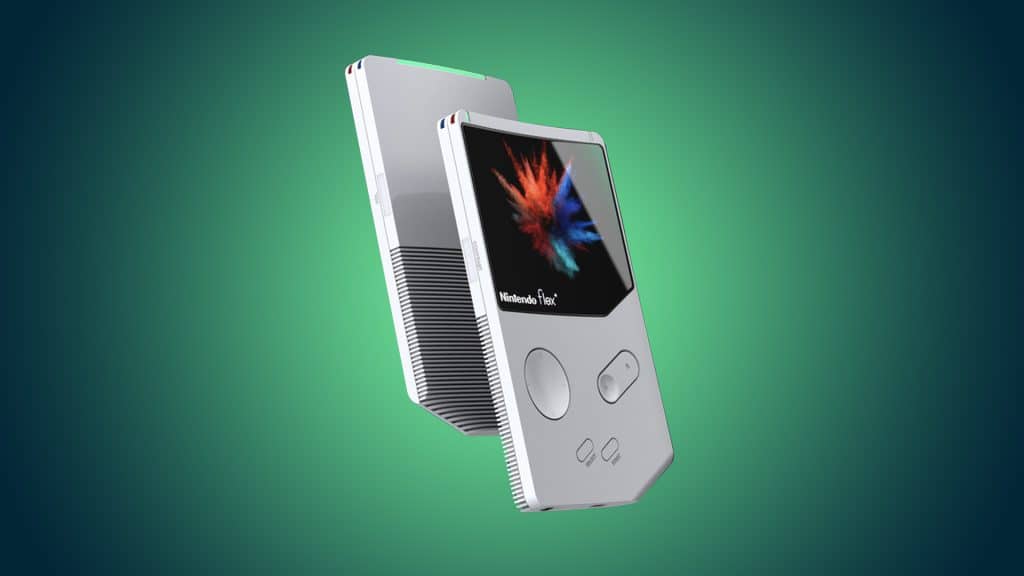
ESP32-C3 WiFi & BLE RISC-V processor is pin-to-pin compatible with ESP8266
When we reported about ESP32-S2-MINI modules last September, we also noted Espressif teased us with ESP32-S3 and ESP32-C3 with close to no details. ESP32-S3 is expected to be a multi-core WiFI & Bluetooth processor with AI instructions/accelerator, but there were no details about ESP32-C3 at all, and we only found out it would be a RISC-V processor several weeks ago.
But Twitter user Johnny Wu posted a screenshot in Chinese and its translation claiming ESP32-C3 was finally released by Espressif Systems. [Update: The datasheet has been released. See comments.]
ESP32-C3 WiSoC is pin to pin compatible with ESP8266, works with ESP32 development framework (e.g. ESP-IDF), supports Wi-Fi & Bluetooth LE 5.0 connectivity, and integrates 400KB SRAM & 384KB ROM. It features a single32-bit RISC-V (RV32IMC) core @ 160 MHz, and consume as little as 5uA in deep sleep mode. Pricing will also be similar to ESP8266.
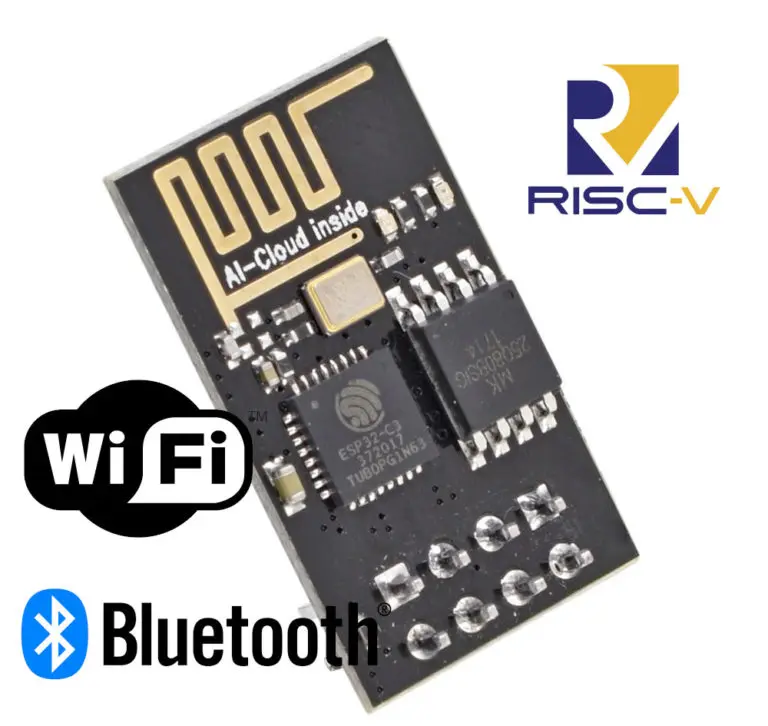
Control a wheelchair using an EEG headset and Arduino
In an effort to help provide paralyzed patients with an easier way to operate their wheelchairs, these makers have developed a system that uses an OpenBCI brainwave cap to collect electroencephalogram (EEG) and electromyography (EMG) signals, literally from a user’s head. Data is then sent to a PC running OpenBCI software and passed along to an Arduino Uno via Bluetooth for control.
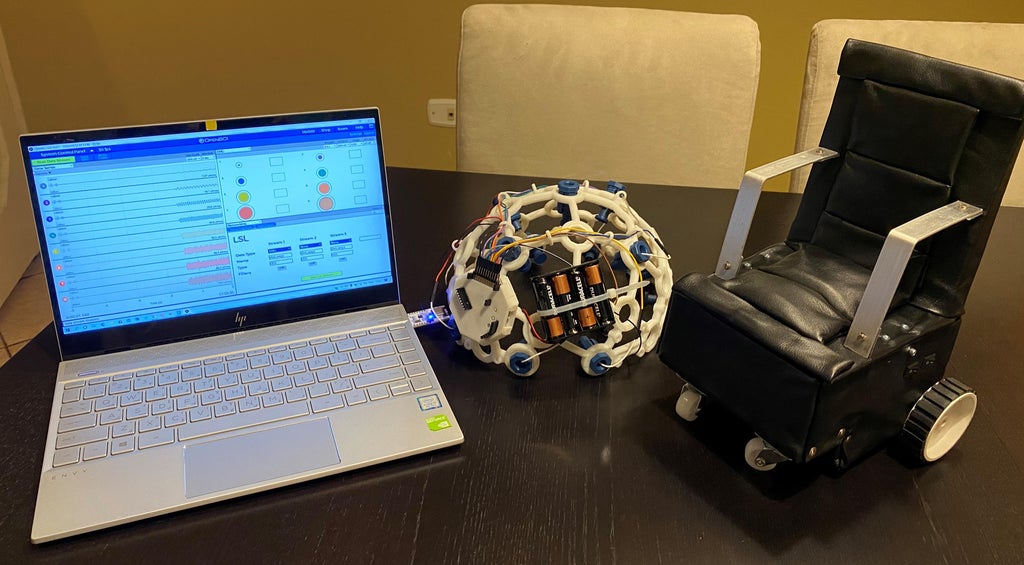
MeLE PCGO 2 It’s A Fanless Mini PC Stick With 8GB Of Ram!
In this video, we test out the all new MeLE PCGO2, A Fanless Mini PC Stick with 8GB of Ram and powered by the Intel Celeron J4125 CPU! Capable of 4K resolutions and it runs Windows 10, Linux, and even Android On paper this looks like a nice little totally silent Mini Stick PC but how does it really perform? IS it any better than the Chuwi LarkBox or the Lark Box Pro? test out some 4k video playback from YouTube and PLEX and finally wrap it up with some PC gaming with games like Sky rim, Overwatch, and even CS-GO.
SO is it worth buying? Let’s find out
